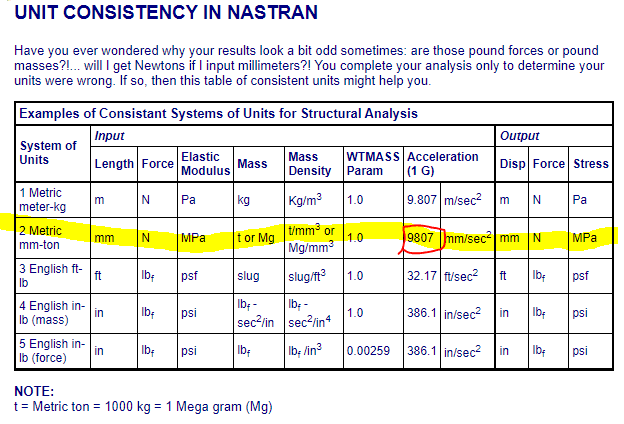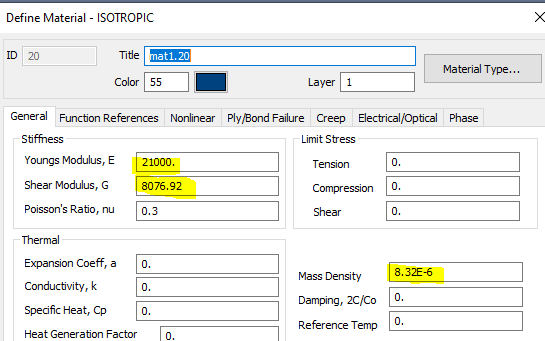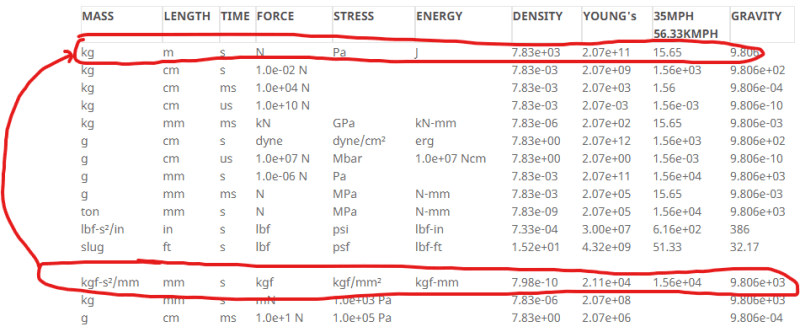Giang123
Aerospace
- Sep 14, 2023
- 16
Hi all,
Currently, I am validating between MSC NASTRAN software and ABAQUS software. I import a BDF file into ABAQUS; however, the ABAQUS results differ by 19% compared to MSC NASTRAN. So, I'm not sure if there's anything specific to consider when importing a BDF file into ABAQUS. I have attached the BDF file below.
Currently, I am validating between MSC NASTRAN software and ABAQUS software. I import a BDF file into ABAQUS; however, the ABAQUS results differ by 19% compared to MSC NASTRAN. So, I'm not sure if there's anything specific to consider when importing a BDF file into ABAQUS. I have attached the BDF file below.

![[smile] [smile] [smile]](/data/assets/smilies/smile.gif) .
.


